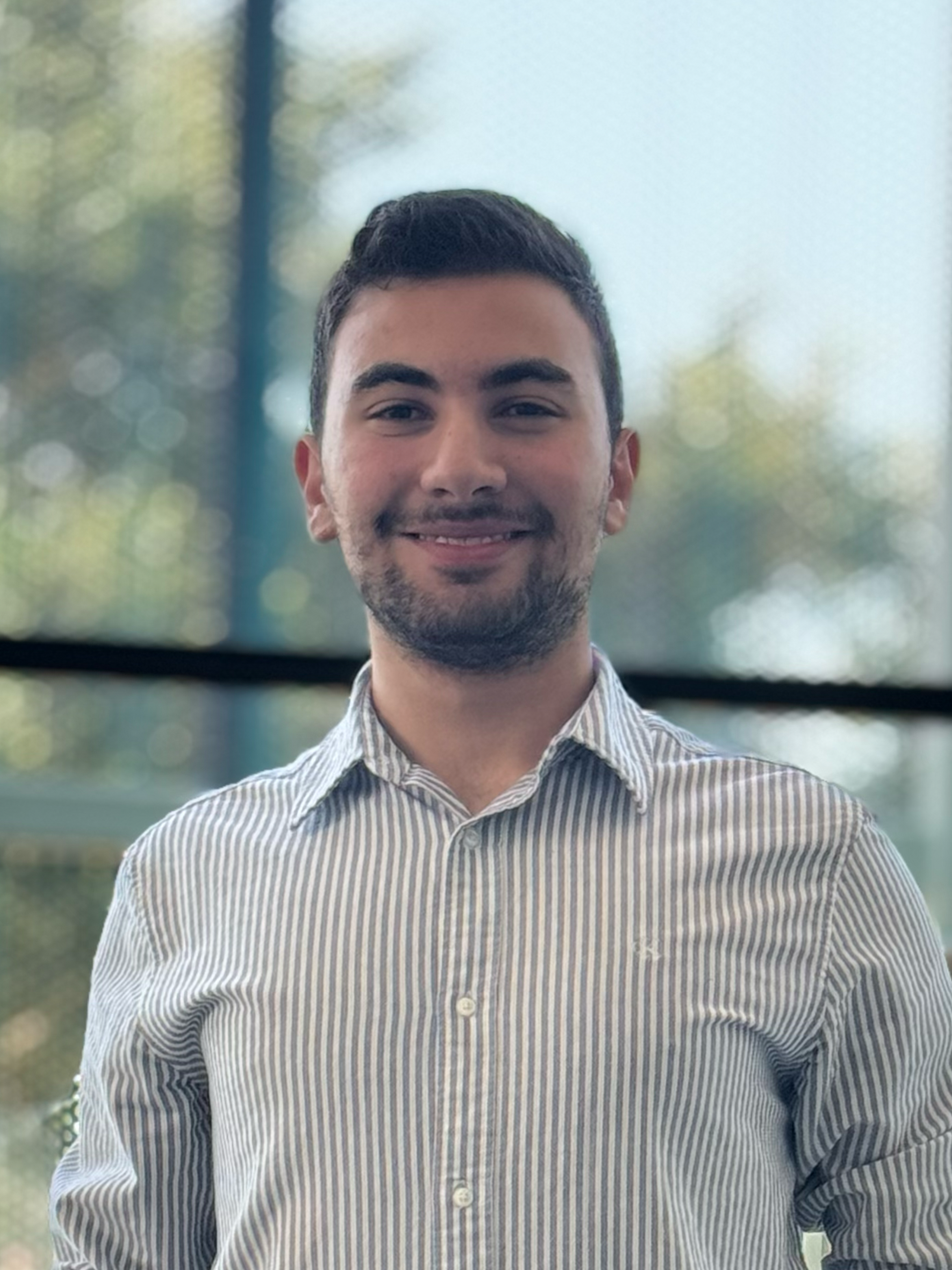 |
Jad Abou Ali ’26Chemical Engineering, Concentration in Energy Advisor: Martin Bazant, Professor of Chemical Engineering and Mathematics, Chemical Engineering Lithium-ion battery recycling Advisor: Lawrence Susskind, Ford Professor of Urban and Environmental Planning, Urban Studies and Planning MIT Renewable Energy Clinic |
 |
Andrew Acevedo ’27Chemical Engineering Advisor and Direct Supervisor: Ariel Furst, Paul M. Cook Career Development Professor, Chemical Engineering Multiscale control of copper nanoparticle DNA conjugates for improved electrochemical CO2 reduction |
 |
Kristel Acuña García ’27Mechanical Engineering Advisor: Alexander Slocum, Professor, Mechanical Engineering Economic and battery research for Ghanaian ambulance energy transition |
 |
Rose Alsalman ’25Computer Science and Engineering, Business Analytics Advisor: Thomas Magnanti, Institute Professor, Sloan School of Management Planning green hydrogen transportation for carbon-neutral grid operations |
 |
Maya Ayoub ’26Mechanical Engineering Advisor: Alexander Slocum, Professor, Mechanical Engineering Economic and battery research for Ghanaian ambulance energy transition |
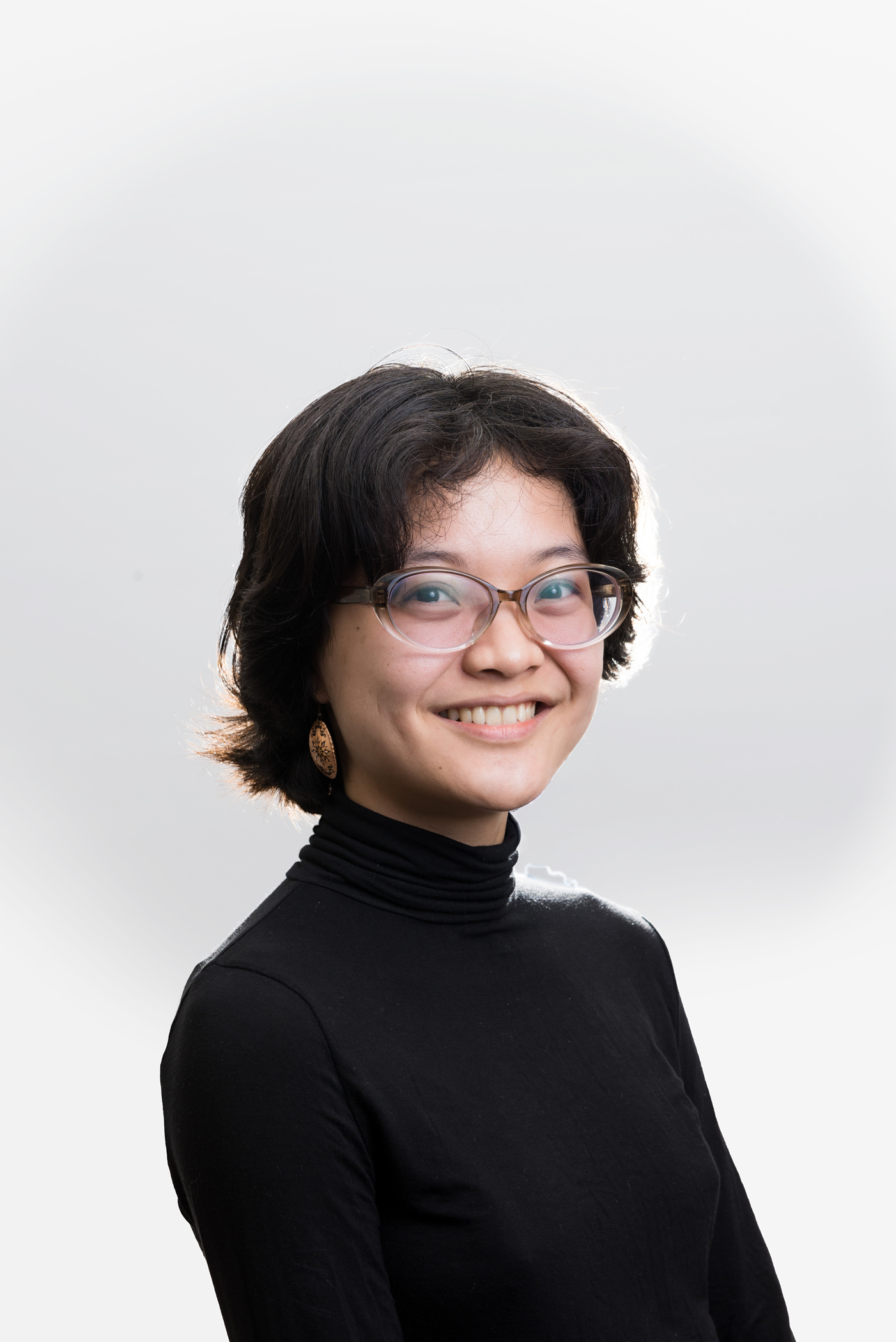 |
Tsolmon Bazarragchaa ’25Mechanical Engineering Advisor and Direct Supervisor: John E. Parsons, Senior Lecturer, Sloan School of Management; Deputy Director for Research, Center for Energy and Environmental Policy Research Modeling hydroelectric power in Québec Advisor: Michael Short, Associate Professor, Nuclear Science and Engineering Techno-economic analysis on molten salt thermal energy storage |
 |
Otto Beall ’27Electrical Engineering Advisor: Tonio Buonassisi, Professor of Mechanical Engineering, Mechanical Engineering Perovskite solar cell durability enhancement and material discovery project |
 |
Riddhi Bhagwat ’27Computer Science and Engineering Advisor: Ruben Juanes, Professor, Earth, Atmospheric and Planetary Sciences, Civil and Environmental Engineering Enhancing subsurface fluid flow and solute transport modeling through machine learning: A study of fractured rocks using FracNet |
 |
Evan Boothe ’25Aerospace Engineering Advisor: Brian Wardle, Apollo Program Professor, Aeronautics and Astronautics Sulfonated polyether ether ketone empowered multifunctional supercapacitors |
 |
Joshika Chakraverty ’25Chemical Engineering, Concentration in Computation and Applied Mathematics Advisor: Michael Strano, Carbon P. Dubbs Professor, Chemical Engineering Examining nanoconfined fluid phase transitions within single digit nanopores |
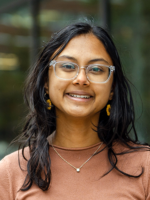 |
Anushree Chaudhuri ’24Urban Studies and Planning, Economics Advisor: Lawrence Susskind, Ford Professor of Urban and Environmental Planning, Urban Studies and Planning Characterizing the scope and nature of local community sentiment towards large-scale renewable energy development in the United States |
 |
Disha Chauhan ’26Computer Science, Economics, and Data Science Advisor: Cathy Wu, Thomas D. and Virginia W. Cabot Career Development Associate Professor, Civil and Environmental Engineering Deep learning for operating renewable energy system |
 |
Jessica Cohen ’24Physics Advisor: Michael Short, Associate Professor, Nuclear Science and Engineering Thermal salt batteries as a viable alternative to coal in Ulaanbaatar, Mongolia |
 |
Katie Crowley ’25Chemical Engineering Advisor: Fikile Brushett, Associate Professor, Chemical Engineering Characterizing chain length effects on redox-active bottle brush polymers for redox flow batteries |
 |
Cory Decker ’27Advisor: John E. Parsons, Senior Lecturer, Sloan School of Management; Deputy Director for Research, Center for Energy and Environmental Policy Research Modeling hydroelectric power resources in electricity system generation expansion planning models |
 |
Matthew De Jesus ’25Electrical Engineering and Computer Science Advisor & Direct Supervisor: John E. Parsons, Senior Lecturer, Sloan School of Management; Deputy Director for Research, Center for Energy and Environmental Policy Research Electricity market design for incentivizing investments in battery storage |
 |
Gozel Dovranova ’26Chemical Engineering Advisor: Heather J. Kulik, Lammot du Pont Professor of Chemical Engineering, Chemical Engineering Understanding structure-property relationships in mechanical stability of ultrastable metal-organic frameworks via machine learning |
 |
Tyler Ea ’25Mechanical Engineering Advisor & Direct Supervisor: Robert Granetz, Principal Research Scientist, Plasma Science and Fusion Center Mechanical design of 3D printed stainless steel plates for stellarator coils |
 |
Elise Echarte ’27Mechanical Engineering Advisor: Lawrence Susskind, Ford Professor of Urban and Environmental Planning, Urban Studies and Planning MIT Renewable Energy Clinic |
 |
Matthew Garcia ’27Artificial Intelligence and Decision Making Advisor: Matteo Bucci, Esther and Harold E. Edgerton Associate Professor, Nuclear Science and Engineering Development of a small-scale autonomous boiling experiment platform for decision-making and benchmarking Sponsor: Shell Development of an autonomous boiling heat transfer experiment software platform |
 |
Javier Gil ’26Chemical-Biological Engineering Advisor & Direct Supervisor: Jean-Francois Hamel, Lecturer, Chemical Engineering Biocatalytic enhancement of CO2 capture using recombinant carbonic anhydrase |
 |
Presha Goel ’27, WellesleyMath and Computer Science Advisor & Direct Supervisor: John Parsons, Senior Lecturer, Sloan School of Management; Deputy Director for Research, Center for Energy and Environmental Policy Research Electricity price modeling |
 |
Vivian Guo ’27Chemical Engineering Advisor & Direct Supervisor: Jean-Francois Hamel, Lecturer, Chemical Engineering Enhancement of CO2 capture using carbonic anhydrase |
 |
Logan Hammond ’25Chemical Engineering Advisor: Aristide Gumyusenge, Henry L. Doherty Career Development Professor in Ocean Utilization, Materials Science and Engineering Electrochemical development of semiconducting polymers for energy storage |
 |
Sarah Hernandez ’25Chemical Engineering, Concentration in Energy Advisor: Fikile Brushett, Associate Professor, Chemical Engineering Technoeconomic comparison of electrochemical and amine-based CO2 separation processes |
 |
Rachel Jiang ’27Electrical Engineering and Computer Science Advisor: Bill Green, Director, MIT Energy Initiative Identification of the steel decarbonization options for different regions Advisor: Tomás Palacios, Director, 6-A MEng Thesis Program; Professor, Electrical Engineering Characterization of GaN devices for high-temperature applications |
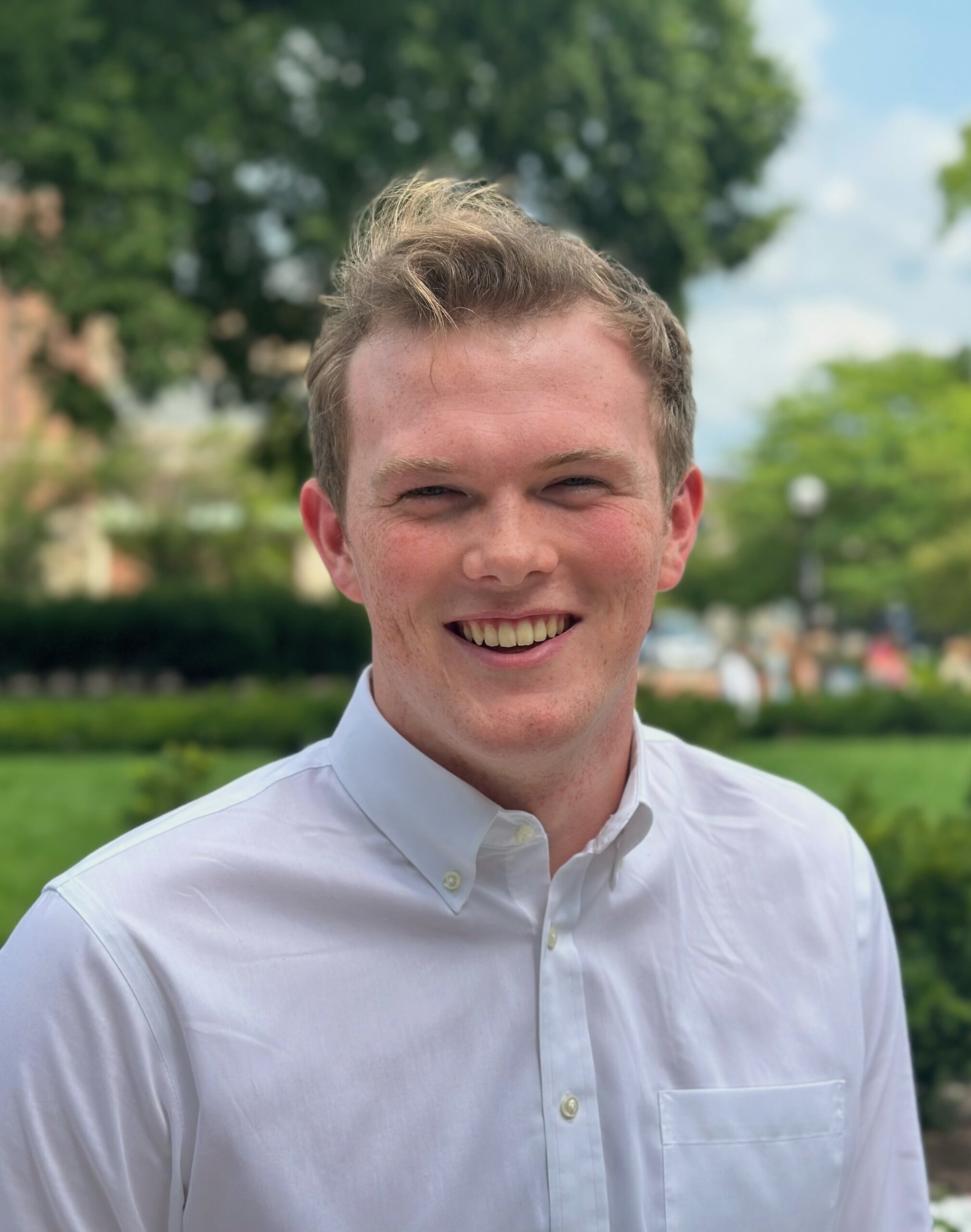 |
Jackson Kay ’27Electrical Engineering and Computer Science Advisor: Tonio Buonassisi, Professor, Mechanical Engineering Machine learning research for autonomous accelerated materials discovery device |
 |
Nebus Kitessa ’25Mechanical Engineering, Concentration in Product Design Advisor: John Ochsendorf, Professor, Architecture Shoreline project expansion |
 |
Danielle Knutson ’27Urban Studies and Planning with Computer Science Advisor: Anuradha Annaswamy, Senior Research Scientist, Mechanical Engineering Improved dataset curation and synthetic data generation for realistic DER-rich grid studies |
 |
Lauryn Kortman ’24Materials Science and Engineering Advisor: Michael Short, Associate Professor, Nuclear Science and Engineering Quantifying cryogenic stored energy release in irradiated YBa2C3O7 through molecular dynamics annealing simulations |
 |
Ronaldo Lee ’28Electrical Engineering and Computer Science Advisor: Tonio Buonassisi, Professor, Mechanical Engineering Understanding the impact of environmental parameters during fabrication for highly reproducible perovskite solar cells |
 |
Trent Lee ’26Materials Science and Engineering Advisor: John H. Lienhard, Abdul Latif Jameel Professor of Water, Mechanical Engineering Nanofiltration for valuable metal extraction from aluminum waste cryolite |
 |
Erick Liang ’26Nuclear Science and Engineering Advisor: Stephen J. Wukitch, Principal Research Scientist, Plasma Science and Fusion Center Optimizing a lattice-based raft for reduction of L-PBF build plate warping |
 |
Elaine Liu ’24Mathematics Advisor and Direct Supervisor: Marija Ilić, Adjunct Professor, Electrical Engineering and Computer Science; Senior Research Scientist, Laboratory for Information and Decision Systems Multi-layered optimization for coordinated electrical vehicle charging |
 |
Leala Nakagawa ’27Mechanical Engineering Advisor: Tonio Buonassisi, Professor of Mechanical Engineering, Mechanical Engineering Advancing stability testing equipment for perovskite solar cells |
 |
Vinn Nguyen ’27Mechanical Engineering Advisor: Tonio Buonassisi, Professor of Mechanical Engineering, Mechanical Engineering Exploration of high-entropy perovskites for improved performance and stability |
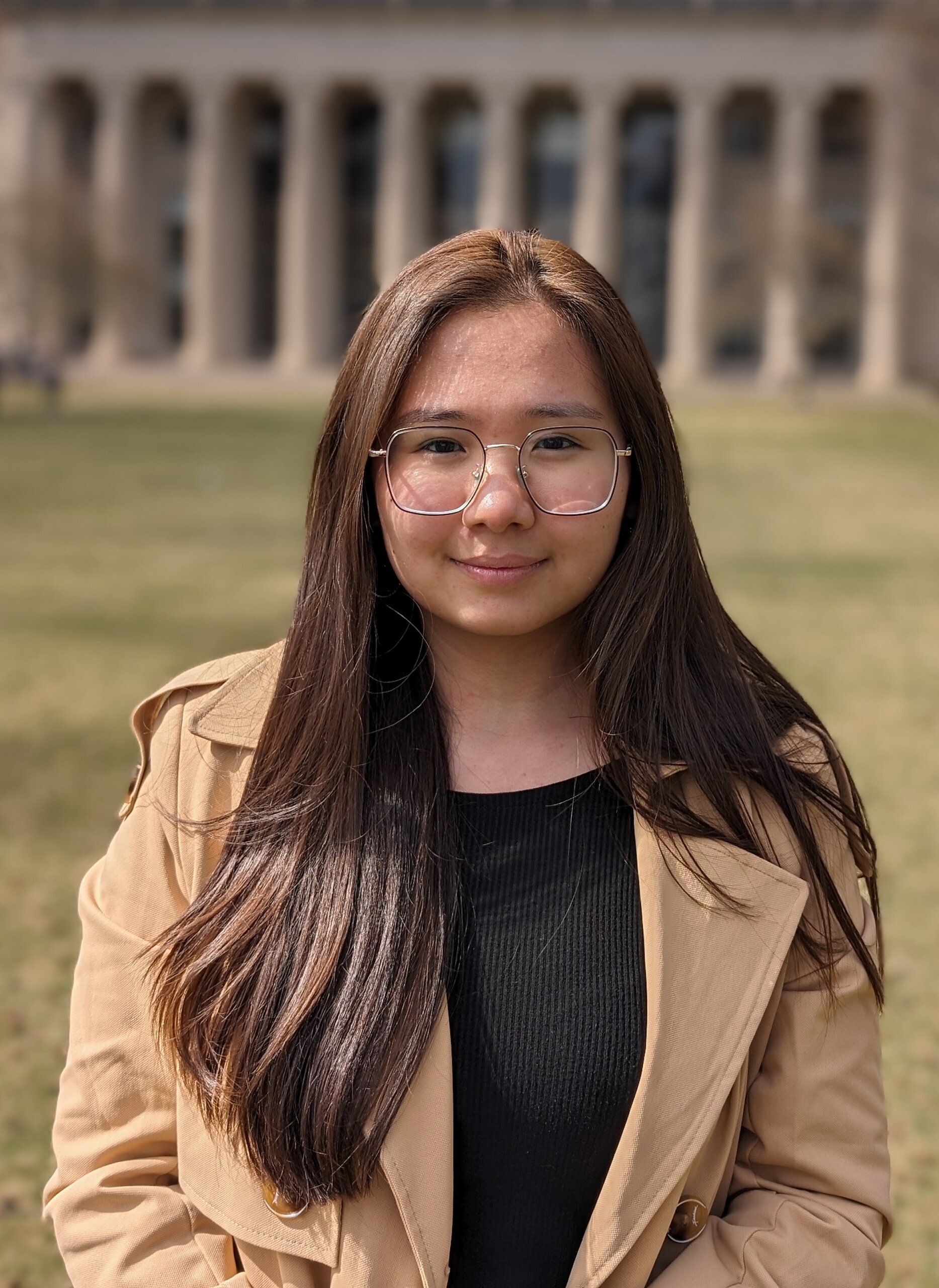 |
Almira Nurlanova ’27Chemistry Advisor: Heather J. Kulik, Lammot du Pont Professor of Chemical Engineering, Chemical Engineering Leveraging machine learning to accelerate MOF discovery for methane to methanol conversion |
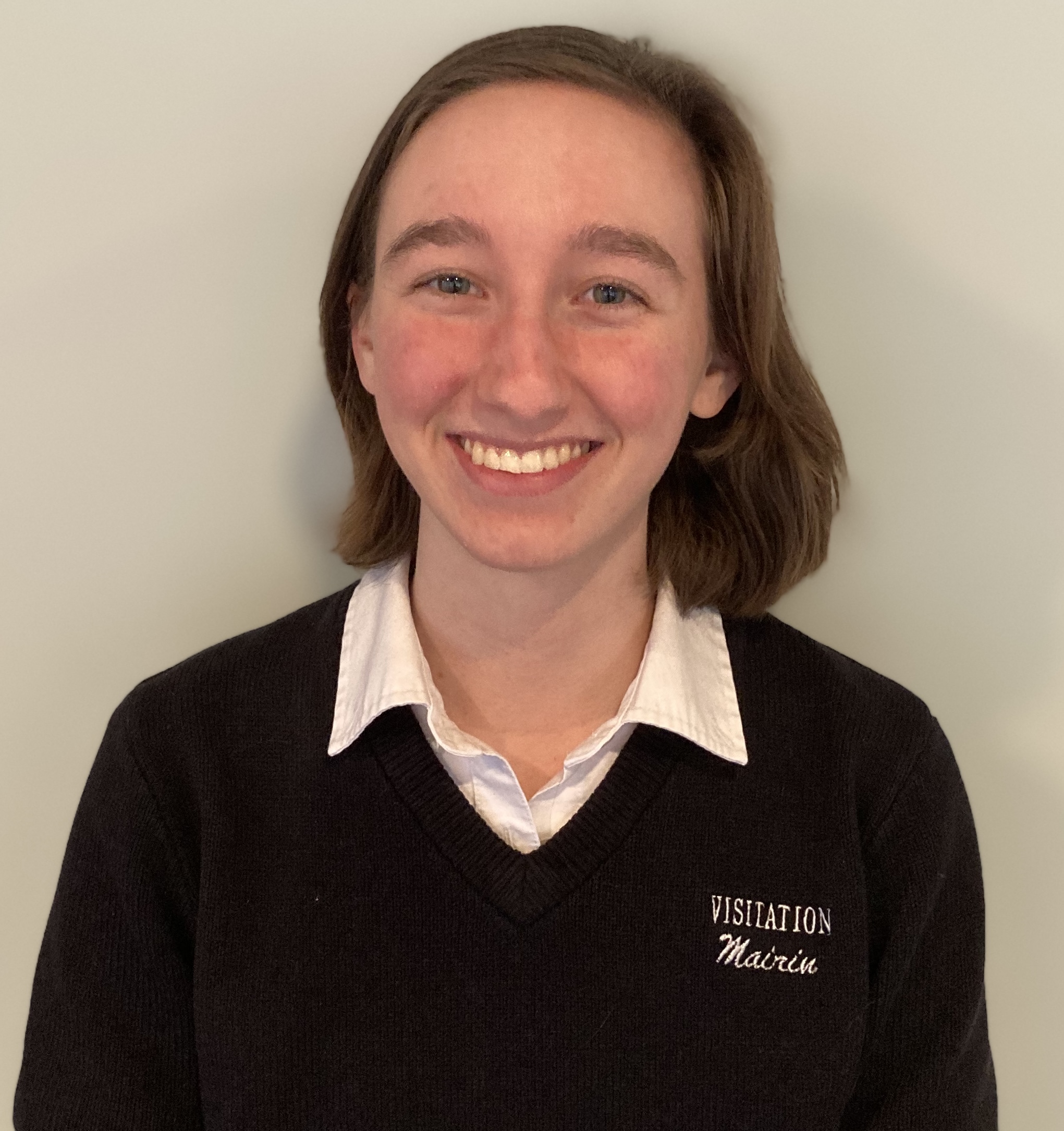 |
Mairin O’Shaughnessy ’27Electrical Engineering and Computer Science Advisor: Martin Bazant, Professor of Chemical Engineering and Mathematics, Chemical Engineering Learning the material physics of graphite electrodes through image inversion |
 |
Joshua Rivera Camacho ’27Mechanical Engineering Advisor: Matteo Bucci, Esther and Harold E. Edgerton Associate Professor, Nuclear Science and Engineering Experimental investigation of natural convective heat transfer in the presence of bubbles |
 |
Sebastian Rotella ’24Chemical Engineering Advisor: Robert Stoner, Founding Director, Tata Center for Technology and Design Cost-performance analysis and benchmarking of CO2 capture systems for hard-to-abate industries Advisor: Robert Stoner, Founding Director, Tata Center for Technology and Design Optimizing rollout of hydrogen for industrial decarbonization |
 |
Sonia Seliger ’26Economics and Finance Advisor & Direct Supervisor: John Parsons, Senior Lecturer, Sloan School of Management; Deputy Director for Research, Center for Energy and Environmental Policy Research Electricity market design for incentivizing investments in battery storage |
 |
Sokh Visal Soeun ’26Artificial Intelligence and Decision Making Advisor: Saurabh Amin, Professor, Civil and Environmental Engineering A data driven approach to sustainable forestry |
 |
Emilia Szczepaniak ’27Electrical Engineering and Computer Science Advisor: Tonio Buonassisi, Professor, Mechanical Engineering Applying machine learning algorithms to select capping layers for efficient and stable perovskite solar cells |
 |
Catherine Tang ’25Electrical Engineering and Computer Science Advisor: Cathy Wu, Thomas D. and Virginia W. Cabot Career Development Associate Professor, Civil and Environmental Engineering Long horizon driving trajectory prediction with LLMs |
 |
Jordan Tierney ’25Materials Science and Engineering Advisor: Asegun Henry, Associate Professor, Mechanical Engineering Material feeder for hydrogen pyrolysis |
 |
José Vargas ’27Physics, Electrical Engineering and Computer Science Advisor: Anuradha Annaswamy, Senior Research Scientist, Mechanical Engineering Machine learning for energy forecasting |
 |
Vandell Vatel ’26Artificial Intelligence and Decision Making Advisor & Direct Supervisor: John Parsons, Senior Lecturer, Sloan School of Management; Deputy Director for Research, Center for Energy and Environmental Policy Research Decarbonizing New England’s electric grid |
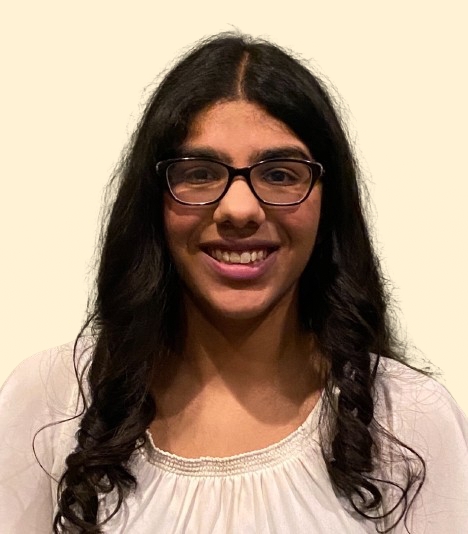 |
Annika Vivekananthan ’26Artificial Intelligence and Decision Making Advisor: Cathy Wu, Thomas D. and Virginia W. Cabot Career Development Associate Professor, Civil and Environmental Engineering Learning to optimize vehicle routing problems in real-world road networks |
 |
Audrey Wei ’27Artificial Intelligence and Decision Making, Mathematics Advisor: Crystal Owens, Postdoctoral Fellow, Computer Science and Artificial Intelligence Lab Digitize soft solids via visual computing |
 |
Jansen Wong ’26Computer Science and Engineering Advisor: Christopher Knittel, George P. Shultz Professor of Energy Economics, Professor of Applied Economics, MIT Sloan School of Management Mapping data-driven coal retrofitting solution with geospatial synthetic power system datasets for India Spring: India’s 806 coal-fired power units, characterized by aging boilers and low thermal efficiency, impede progress toward the country’s climate goals. This is compounded by incomplete documentation regarding their characteristics, including thermal efficiency. Employing a machine learning methodology, we construct a comprehensive database detailing the operational features of all extant coal plants in India, integrating environmental considerations like water stress and coal price, alongside the development of a visualization tool to enhance accessibility and understanding of our datasets. The ultimate aim is to furnish policy makers with accurate data for computing carbon emissions from coal plants, thereby enabling informed decisions regarding decarbonization strategies. |
 |
Katherine Zhou ’27Mechanical Engineering, Concentration in Electrical Engineering and Computer Science Advisor & Direct Supervisor: John Parsons, Senior Lecturer, Sloan School of Management; Deputy Director for Research, Center for Energy and Environmental Policy Research The place of provincial and international trade in electricity to maximize the value of Quebec’s hydro resources |
 |
Aaron Zhu ’24Business Analytics, Electrical Engineering and Computer Science Advisor: Tonio Buonassisi, Professor, Mechanical Engineering Hardware and sensor design/optimization for an autonomous solar cell fabrication lab |